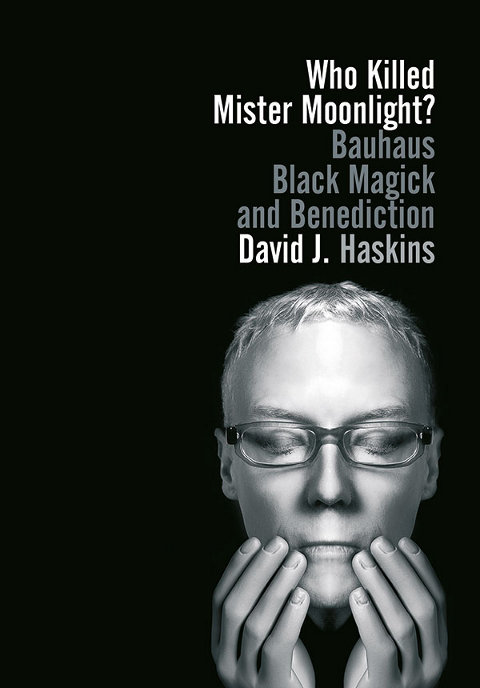The annals of rocanrol music are filled up with references to the devil. The rebellious nature of the genre made for many opportunities to link this sort of music to the dark side. The inherent sexuality and earthy wantonness associated with rock music made it easy for those outside the rock subculture to speculate about the origins of sounds that when done right, caused ecstatic dancing among its listeners. As the form developed, some bands even embraced relationships with Lucifer.Faustian in origin, the myth of Old Scratch intervening in the lives of aspiring musicians to assure their fame has been part and parcel of musical history since violinist Niccolò Paganini’s well-publicized, supposed association with Satan. Bluesman Robert Johnson was noted for his supposed Devil-granted mastery of the guitar, a tale retold, embellished and made part of the canon by music writers Peter Welding, Robert Palmer and Greil Marcus.Notably The Rolling Stones latched onto the myth in oblique fashion, while artists like Black Sabbath and Electric Wizard made no bones about it: They proudly sold their souls for rock and roll, they claimed, at one point or another in their dusky careers.It’s no surprise then that the mythos of satanic involvement in rock music leaked slitheringly into the goth movement too. In his new autobiographical reflection on the work of dark demiurge Bauhaus, Who Killed Mister Moonlight?: Bauhaus, Black Magick and Benediction, bassist David J. Haskins writes about his youth in the midlands, mesmerized music-making, rampant drug use, casual sex, automatic writing, the nature of the antihero and the influence of a dark agency on his life and work.Despite the foregone conclusion some readers may make, that such themes—particularly in relation to rock and roll music—are at best predictable and at worst hackneyed, Haskins does a superior job of telling the story of the rise, fall and repeated resurrection of a highly influential group of English rockers.His blunt first-person account begins with the roughly illuminating events that led up to the writing and performance of “Bela Lugosi’s Dead” and ends with the morbid poignancy of the band’s last gig in Portugal with The Cramps. In between Haskins details the spectacular, sometimes sodden twists and turns of stardom, his penchant for dreamtime and out of body experiences and his odd fascination with and repulsion by the dark arts.The result is a tome that is serious in tone yet laced with humorous and compelling anecdotes from the nascent goth scene. Haskins’ remembrances of life on the road are particularly memorable, placing the artist in the midst of an infinitely chaotic rock and roll circus. The musician’s tale of his first time in Los Angeles—which ends with his refusal to sleep with a groupie because of loyalty to his much-cherished girlfriend back home in the UK—provides an awesome counterpoint to the crazy magic floating through the rest of his life.By Chapter 13, Haskins is busy contemplating his spiritual awakening at millennium’s end, writing, “The angels were singing, but still there were devils on my shoulder, dishing out death metal and the blues.” Above all, this sentence summarizes the complexity of the artist’s output as well as the ultimately ephemeral nature of invoking Beelzebub while seeking earthly benediction.
Who Killed Mister Moonlight?: Bauhaus, Black Magick and Benediction David J. HaskinsJawbone Presspaperbackmemoir$19.95

